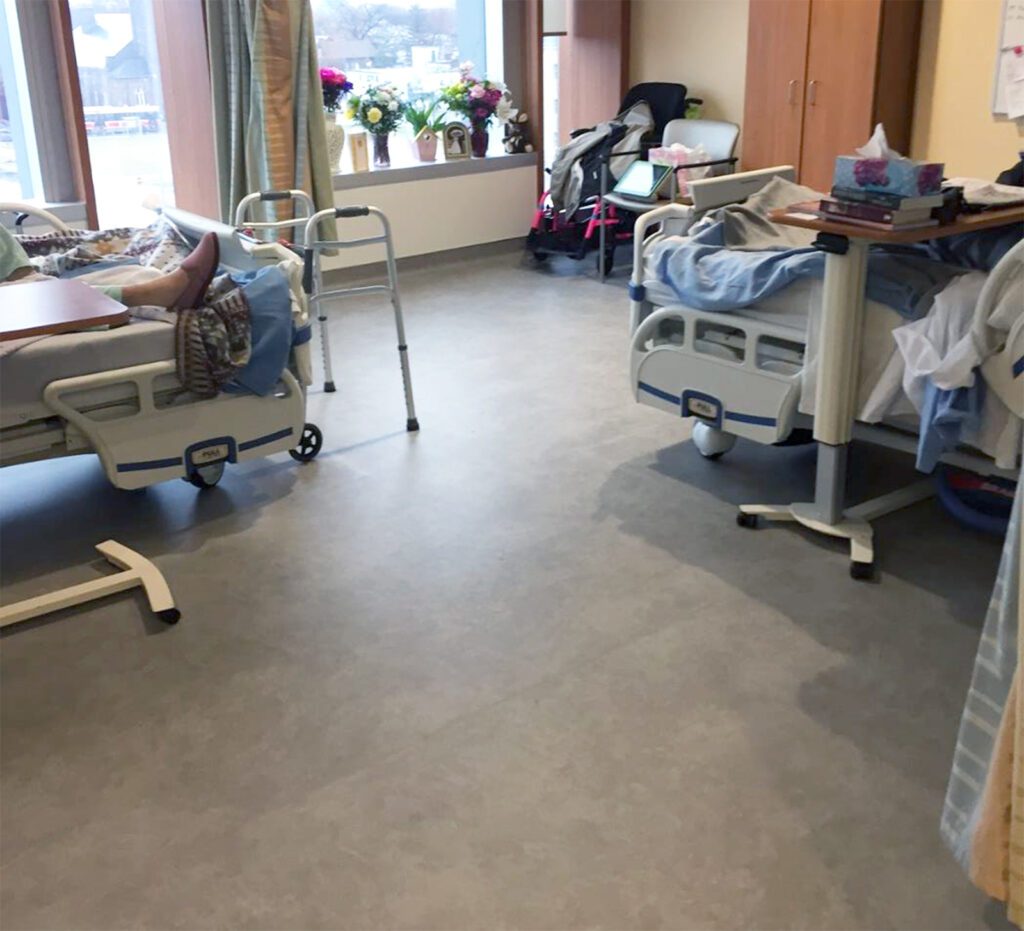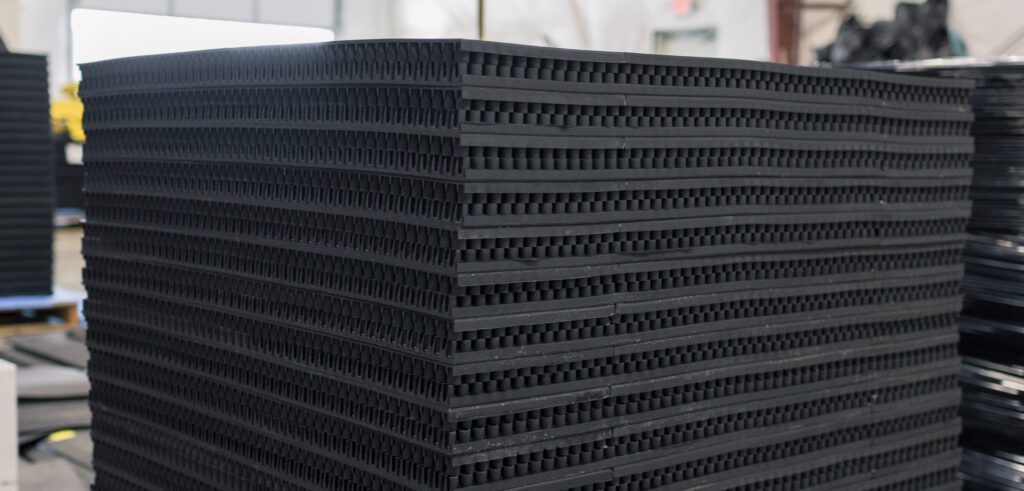Blog
How Often Should I Exercise as I Age?
- Derek Hawn
- March 5, 2018
- 12:00 am
- 2 Comments
- 2 minutes
By Suzanne Gainey
Most of us know that regular exercise and a healthy diet are vital to overall health and wellness as we age. But how much exercise should we be doing on a weekly basis as we age? This is a common question for many Americans.
According to the AARP, the National Institute on Aging, and the Centers for Disease Control & Prevention, a regular exercise program is one of the most important things we can do to promote independent and active healthy aging.
We know exercise yields many health benefits, but if you are still left wondering how often, how long, and what types of exercises you should be participating in on a regular basis you are not alone. Let’s explore this a little more in depth.
How often should you exercise and how long?
A regular schedule that works for your lifestyle will yield the most lasting results. If you aren’t a morning person, no problem, plan your exercise for the afternoons or midday. Likewise, if you wake up at “early o’clock” each morning and love getting it done before the day begins, that works too! The idea is to schedule exercise into your life every week.
The recommendation provided by the National Centers for Disease Control is to achieve 150 minutes per week of moderate-intensity aerobic exercise, like brisk walking, light jogging, jazzercise, or similar heart-pumping activity. The 150 minutes can be divided up any way you like, as long as you get it done. For example, you could spend 30 minutes, 5 days per week, and will be right on target with this minimum requirement.
Be aware, that muscle loss is also a fact of aging. We recommend mixing up your workouts by adding some strengthening exercises like weights or resistance band routines. If that isn’t quite your style, you could also participate in strengthening yoga to keep your muscles toned. The guidelines suggest strength training at least two times per week.
As an older adult, regular physical activity is one of the most important things you can do for your health. It can prevent or reduce many of the health problems that seem to come with age. It also helps your muscles grow stronger, so you can keep doing your day-to-day activities without becoming dependent on others.
At SmartCells, we believe that maintaining the ability to live independently may be one of the greatest benefits of physical activity. Reduction in health problems such as heart disease and high blood pressure, as well as an overall increased sense of well-being mentally are also key benefits outlined by the Centers for Disease Control and Prevention.
Our ergonomically engineered personal training products are specifically designed to keep you and your loved ones feeling good during physical activity. The unique SmartCells cushioning technology can reduce impact stress on joints by up to 90%* while at the same providing a safe, stable surface for workouts. *(1” thick using ATSM F355 – 10a)
Available in three different colors (Black, Light Brown, and Grey) as well as three different sizes (36”X60”, 52”X60”, 52”X88”), the remarkable SmartCells Personal Training mats are low profile (1/2”) and have molded-in beveled edges. For custom applications, SATECH offers custom-sized mats as well as a wall-to-wall flooring option that is perfect for in-home gyms, and aerobics flooring.
Want to enjoy SmartCells Cushioning on-the-go?
Check out our all-new line of Zelus Insoles. Our insoles come in two styles (Simply SmartCells Cushioning and SmartCells Cushioning with arch support), and are biomechanically designed to reduce pain, improve performance and prevent future injuries. You can learn more about them at www.zelusinsoles.com.
Who are we and why did we drop an egg?
7 Tips for a Fun and Safe 4th of July
Falls Happen. Injuries Don’t Have To. Your Guide to Falling Safely.
It’s Time to Give Holiday Stress an Eviction Notice
Are Fall Protection Mats the Key to Reducing Life-Altering Injuries?
Prevent Volleyball Injuries and Practice Longer with SmartCells
Anti-fatigue Mats Can Reduce Work Place Injuries
4 Exercises to Work-Off Thanksgiving Dinner
Unique From The Ground Up – The SmartCells Difference
Your Guide to Spring Cleaning
Let us help you find the right solution
Not sure where to start? Our customer service and sales representatives – who are just as knowledgeable about the product as the scientists who created it – would be happy to help you understand more.


